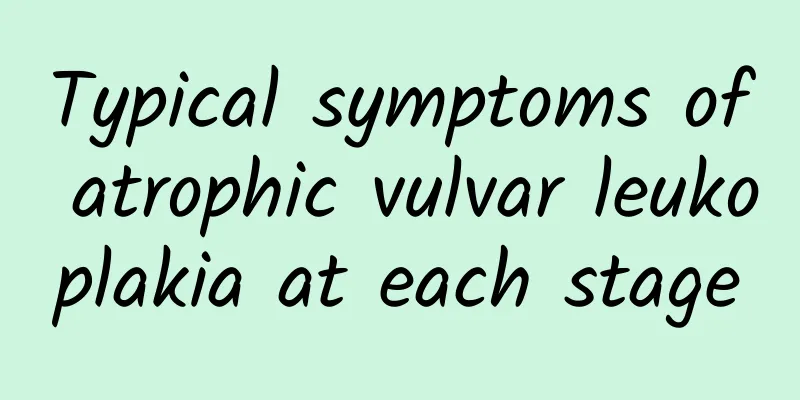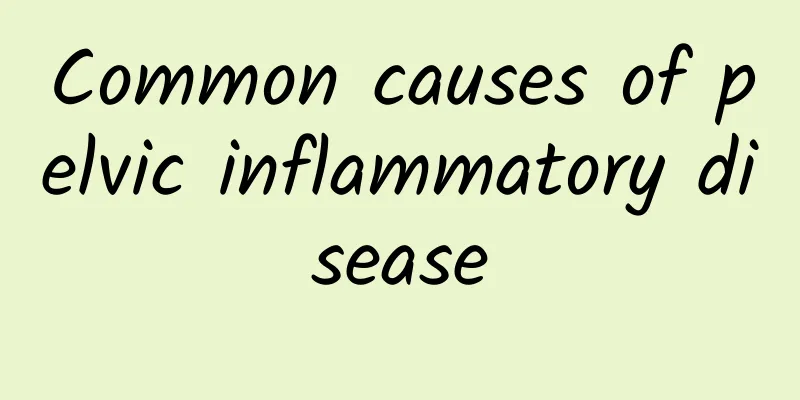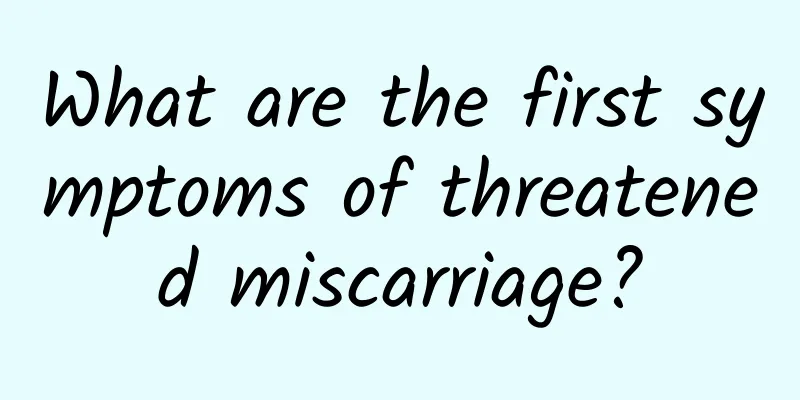Will endometriosis get better after cesarean section?

|
Endometriosis may be relieved after cesarean section, but not all patients will recover completely. Cesarean section may reduce the lesions, but comprehensive management with medication, surgery and lifestyle adjustments is required. Symptoms in some patients are alleviated, but there is still a risk of recurrence. 1. The formation of endometriosis is related to many factors, including genetics, hormone levels and environmental factors. Some ectopic lesions may be removed during cesarean section, which may relieve symptoms in the short term, but it does not mean a complete cure. Some patients may still experience symptoms such as dysmenorrhea and pelvic pain after surgery. 2. Drug treatment is an important intervention method for endometriosis. Commonly used drugs include oral contraceptives, progestins and non-steroidal anti-inflammatory drugs. Oral contraceptives can reduce menstrual volume and reduce recurrence rate; progestins can inhibit endometrial growth; non-steroidal anti-inflammatory drugs can help relieve pain. Specific medication should be taken under the guidance of a doctor. 3. Surgery is another option, especially for patients with severe symptoms or those who are ineffective with drug treatment. Common surgical methods include laparoscopy, laparotomy and hysterectomy. Laparoscopic surgery is less invasive and has a quick recovery, suitable for mild to moderate patients; laparotomy is more thorough and easy to remove lesions; hysterectomy is the last option, suitable for patients who have no fertility needs and severe symptoms. 4. Adjusting your lifestyle can help relieve symptoms and prevent recurrence. Maintaining a healthy diet, such as increasing fiber-rich foods and reducing the intake of red meat and high-fat foods; appropriate exercise, such as yoga and swimming, can help improve pelvic blood circulation; learning to manage emotions and avoiding long-term mental stress are beneficial to recovery. The treatment of endometriosis is a long process. Caesarean section may relieve some symptoms, but it is not effective for all patients. It is recommended that patients choose a treatment plan that suits them under the guidance of a doctor, and follow up regularly to monitor changes in the condition and adjust the treatment strategy in a timely manner. |
<<: Is leukoplakia of the uterus a uterine cyst?
>>: Pain on the outside of the breast after two months of amenorrhea
Recommend
Can you get heatstroke in winter? 3 tips for first aid when you faint while running
Run for love, do what you can! A 32-year-old groo...
Can I have intravenous infusion when menopausal syndrome occurs?
Generally, intravenous infusion is not required w...
Should fruit be eaten before or after meals? Nutritionists recommend eating this way to get the best value for money
Some people say that eating fruit before meals ca...
Is it normal to still feel pain after Bartholinitis swelling subsides?
It is common to feel pain after the swelling of B...
Several vegetables that can easily cause miscarriage
There is no evidence that certain vegetables can ...
What are the complications of chronic pelvic peritonitis?
Pelvic peritonitis is a common gynecological dise...
The older you get, the easier it is to gain weight! Increase your basal metabolic rate with these 5 foods
Many people should be familiar with the term &quo...
Is it necessary to take confinement after a miscarriage? Listen to the doctor
Miscarriage is a very painful thing for women, bu...
What should we pay attention to before undergoing abortion surgery?
What should we pay attention to before an abortio...
Excessive exercise after the Chinese New Year may lead to tendinitis
Don’t lose weight too quickly after the New Year!...
Can cervical warts be transmitted through saliva?
Cervical warts are one of the common sexually tra...
I suddenly didn't have my period for the past two months, and only had a small amount of black discharge.
I suddenly didn't have my period for the past...
What are the prevention methods for female cervical erosion? 5 prevention methods for female cervical erosion
Cervical erosion is now a relatively common gynec...
How long after giving birth is normal for menstruation
It is normal to resume menstruation about 6-8 wee...
Let’s find out together, what is high prolactin?
High prolactin is also called hyperprolactinemia,...









